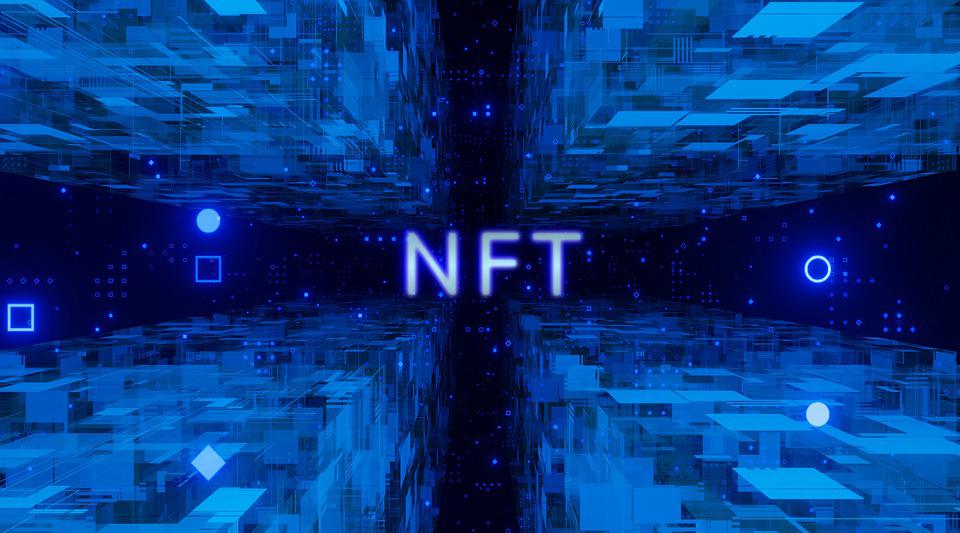By Mattias Tengblad, CEO and founder of Corite, a blockchain-based crowdfunding platform
Investors seek dependability as the NFT market remains volatile. These use cases show how to design an NFT that offers more than just a quick return.
The recent market collapse has affected all aspects of cryptocurrency, and non-fungible tokens are no exception. The floor price of the majority of NFT collections has decreased by almost 80% during the past few months. Many investors are confused. What if all the hype surrounding NFT was just a fad based on pure speculation? Worse, several industry reports say that wash trading was a big reason why the NFT sector grew so quickly the year before.
Even so, musicians are coming up with new and interesting ways to use non-fungible tokens. Let's look at three of these: revenue rights sharing, digital tickets and VIP access, and charity NFTs.
When an investor buys an artist's NFT, they may also get rights to the income generated from their music. This is the concept that can be implemented by tokenizing revenue rights. This business model greatly benefits independent artists. They can receive money in advance to cover production and marketing expenditures while keeping ownership of their work. Users are contributing money to musicians they believe have a chance of success, hoping to partake in their success.
Announced in May, Alan Walker’s "Unity" campaign became a breakthrough in the music industry, raising $25,000 in just a few days. Walker's song is forecast to reach its declared streaming goal years earlier than expected. The success led to the start of a second, even bigger campaign for DJ's latest Origins EP. To expand on this crowdfunding model, musicians can use "fan missions." The idea is that users will be able to get rewards for completing different tasks. For example, they could share songs on their social media or fund multiple campaigns by the same artist.
To summarize, sharing revenue rights will give investors a reason to keep their assets and wait because the value of the rights will increase as the artist's popularity grows.
Using NFTs as digital tickets or passes that provide their users with special privileges is another idea that is picking up steam. The partnership between FTX and Coachella, which led to the production of the Coachella Collectibles collection, is a notable illustration of this. The Swedish Way Out West (WOW) Festival is also working on its NFT collection, which will include captured moments from festival attendees.
A number of musical groups have used NFT collections to give their fans VIP access. Avenged Sevenfold was one of the first bands to implement this concept, releasing their Deathbats Club NFT collection. The band has also provided owners with IP rights to their own Deathbats and continues to offer opportunities, such as incorporating three Deathbats into Iron Maiden's "Legacy of the Beast" mobile game. Another outstanding example is deadmau5's HEAD5 Collection. Those who have already purchased official deadmau5 NFTs were given the option to start minting additional fan club NFTs ahead of time. The blockchain makes it possible for artists to thank their most loyal fans.
So, when people buy tickets to exclusive events or join fan clubs, they are more likely to be interested in the benefits of digital passes than in selling them.
Finally, NFTs can be utilized for charitable purposes. Grimes, a Canadian singer-producer, released the WarNymph Collection in 2021 to battle climate change. A portion of the money from the initial sale, which brought in more than $6 million, was given to Carbon180, a non-profit organization that works to reduce carbon emissions and fight climate change. This trend is not limited to the music business, as comparable charitable projects can be seen in a variety of industries. UNICEF initiated an NFT collection last year to gather donations for school connectivity.
According to this logic, if investors invest in tokens to reduce carbon emissions, they are unlikely to use them to gamble, as transactions also cause pollution.
Changing how people think about NFTs is a long-term process. Over time, NFTs will no longer be seen as "overpriced JPGs." The fact that these three use cases exist shows that the NFT industry is slowly moving from speculation into the realm of utility.
Visit Benzinga’s Crypto Homepage – 1,000,000+ depend on Benzinga Crypto every month
© 2022 Benzinga.com. Benzinga does not provide investment advice. All rights reserved.
Author
Administraroot


